Chicago Quantum Corridor Nourishes Neighborhood Transformation in AI World
The Quantum Corridor on Chicago's South Side is designed to expand American competitiveness in the 21st century world.
Layton Olson
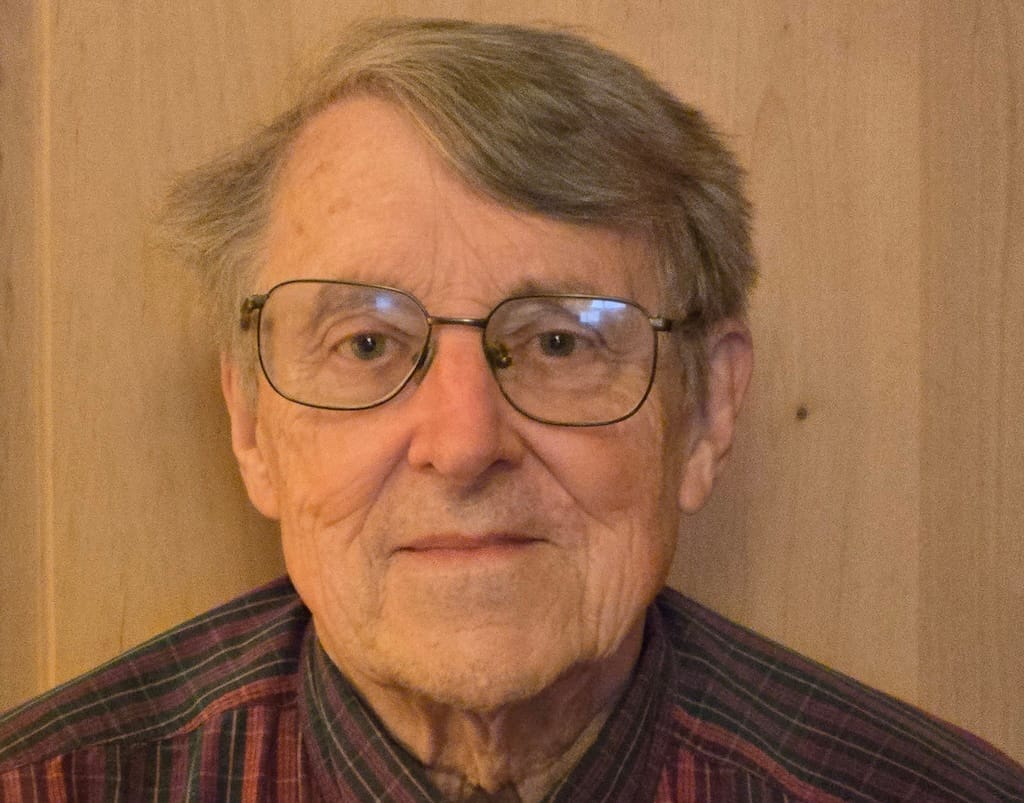
During 2024, the State of Illinois, several universities and a world leading quantum computing business process company announced commitments of several hundreds of millions of dollars for a quantum computing complex on a 128-acre portion of a former steel plant along Lake Michigan on the South Side of Chicago. It is designed to spark and synergize with greater Chicago's economy - agricultural, pharmaceutical, energy, material sciences, financial services, manufacturing, transportation and more.
The Quantum Corridor, connecting with many AI-related applications, is designed to expand the heart of North America as an engine of American competitiveness in our 21st century world. Including with its widespread neighborhood STEAM skill building networks.
What is the Quantum Corridor?
The Quantum Corridor links downtown business and international research networks with recently launched Illinois Quantum and Microelectronics Park facilities on the South Side, managed by University of Illinois and research, business, workforce and education players.
 PsiQuantumAlex Mack
PsiQuantumAlex Mack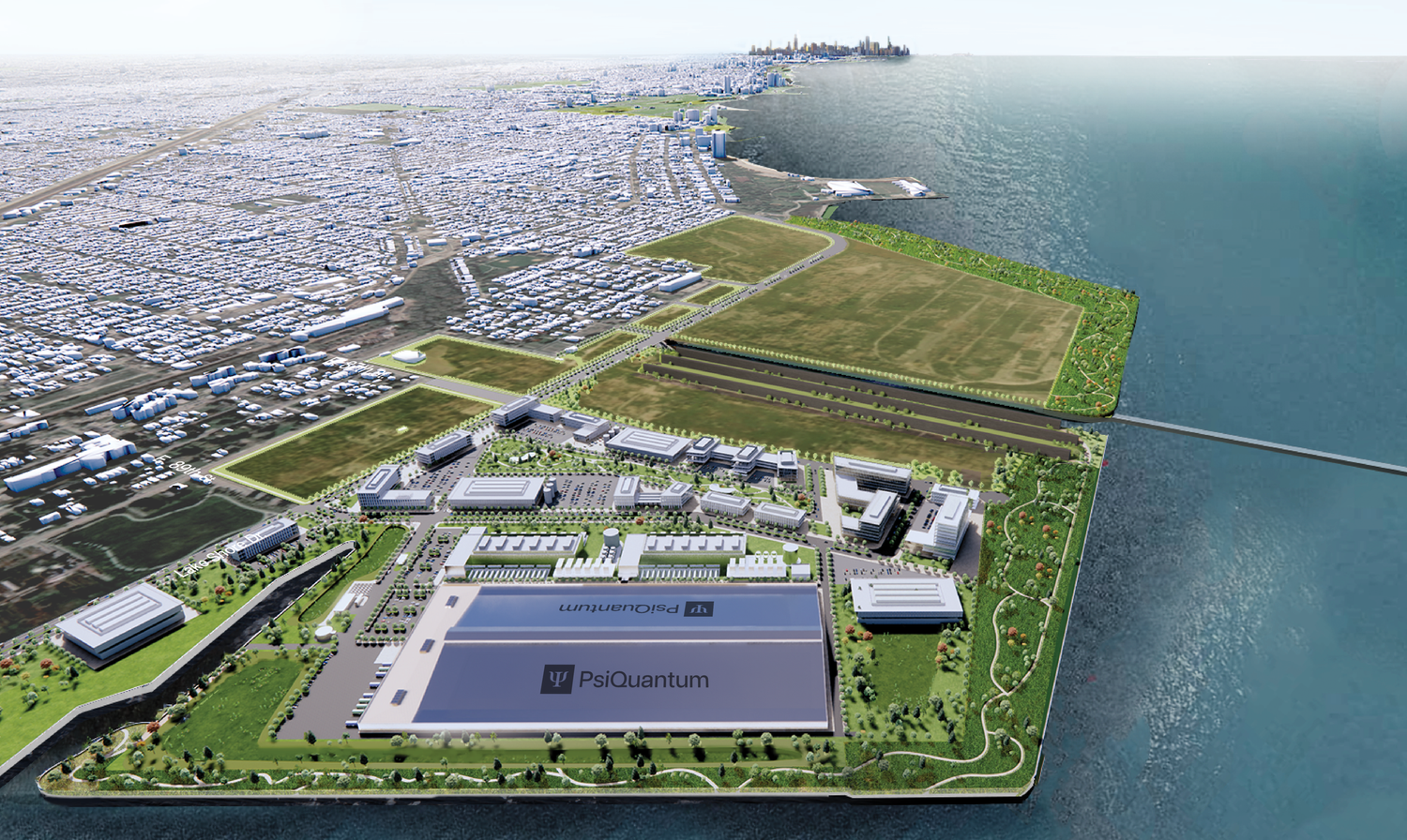
The decision of the federal government to fund a quantum proving ground facility at the Chicago location adds fast validation of business process standards. It led IBM to locate its quantum product facility at the park, which will also provide shared cryogenic cooling facilities.
The Quantum Park is slated for construction in 2025 and 2026, along with recruitment of other businesses. The overall 567-acre former U.S. Steel South Works site has attracted plans for $300 million for construction of a new 52 bed hospital by Advocate Healthcare, a well-established hospital and clinic network.
What are neighborhood transformation areas?
While quantum technology sites themselves do not generate lots of jobs after construction, technology staff and industries depend on increasing student and workforce skill building.
Beginning in 2023 the University of Illinois and its multi university-based Discovery Partners Institute began widespread STEM talent training engagement with Chicago Public Schools, Chicago City Colleges and Chicago State University on the South Side. Anchored in school, health and library areas, and wider Community College areas, these become Building Blocks for tech toolbox use and family data asset building in our Digital Age.
Neighborhood transformation is data driven through community university partnership under National Science Foundation guidelines for Civic Innovation Challenge research on healthy communities and land management sustainability. Now through 2026 both park development and South Side education initiatives are being managed from a new University of Chicago Hyde Park Lab building and include civic engagement programs for multiple universities and their students.
Meanwhile, Illinois Broadband Office, Illinois Extension and Illinois Broadband Lab at UIUC are managing five-year plans for broadband infrastructure and community capacity building. The state's Broadband map gets better and better in delivering data and graphics on Internet quality and public and private Community Anchor Institutions (CAI) efforts in local school and Project Area Unit (PAU) areas. Chicago State University is the state’s regional partner for Chicago area economic development region.
As a result, the Quantum Corridor now links with four Chicago City College campuses and South Suburban College. Along with Chicago and Cook County digital equity networks, these platforms have capacities to bring benefits of neighborhood transformation models for county, municipality and community cooperation pioneered in California in the past decade.
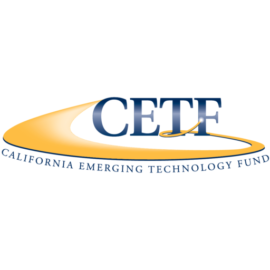 California Emerging Technology Fund
California Emerging Technology Fund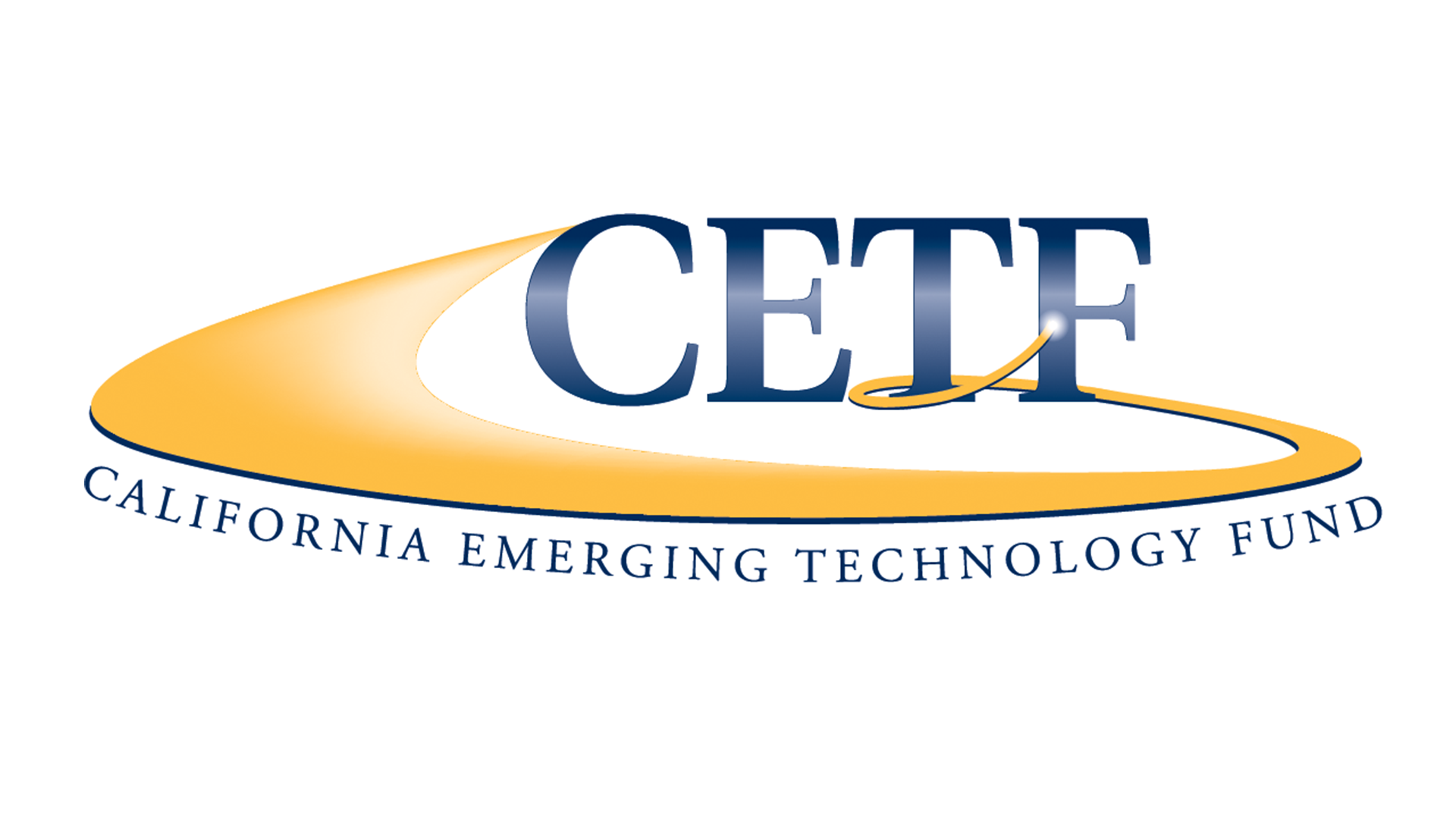
Included is their work supporting neighborhood navigators and civic innovation leadership in school-health-library areas, in telehealth use, in simplifying broadband outreach through county benefit agencies, and in developing affordable broadband legislation for Internet Service Provider discount rates, as needed for 95% connectivity. For Telehealth resources, see December 2024 awards for excellence by networks originating in Partnership for Connected Illinois over a decade ago.
For library resources, Chicago Public Library is proud to have pioneered sustained support for volunteer and staff Navigators for computer labs in local libraries. See 2011 pioneering research, and from my memory, implemented with leadership of Charles Benton's work to build Illinois as a model Digital Age State.
In the seven-county Northeast Illinois region, Chicago Metropolitan Agency for Planning has a Data Hub for mapping local community conditions and providing graphic Snapshots of 78 Chicago and similar Cook County community planning areas.
For engaging high school and community college students, CMAP hosts an annual summer Future Leaders in Planning (FLIP) one week program in downtown Chicago. It is proposed to stream and archive FLIP sessions in Chicago and Cook County libraries and other neighborhood gathering places. 2025 announcement coming soon.
With these data resources, the Quantum Corridor is an important platform for building and measuring Family and Business Security and Neighborhood Landscapes in Connected Communities models for the Digital Age. To take next steps, the corridor has three major goals for 2025-2026:
- Piloting community-regional planning co-sponsored regular community forums for neighborhood feedback on broadband mapping, outreach and AI impacts, beginning for semi-annual Federal Communications Commission reporting schedules. And in the future, service quality assemblies on 7 national needs for Broadband from FCC 2010 National Broadband Plan, plus AI Impact management and community conditions in locally trusted ven
- Bringing daily community condition data to every block, including in partnership for Chicago/Cook County and Greater Chicago 911 areas and public-facing websites, kiosks and dashboards, and coordinating with statewide connected communities consumer telephone services and billboards, and national public service announcements.
- Fostering community university partnerships in each Neighborhood Transformation area by planning and public understanding of the value of investing in communities as financial sources and data centers (rather than cost centers) . Strengthening overlaps between community college and utility/transportation service area for major cost savings by integrated utilities (water, energy, communications) and cybersecurity services.
It will be interesting to connect with neighborhood transformation areas (including via remote programs) in all 56 states and territories. Places like the national Schools Health & Libraries Broadband Coalition would be a good host to connect many places, and to learn about what energizes Connected Communities work in rural, urban and suburban areas.
Layton Olson is a retired attorney and revenue consultant, specializing in telecom and development since 1996, and member of American Planning Association chapters in Michigan and Alabama, starting with Illinois regional planning for fiber in 2000s. This article arises in part from the author's role as director of Chicago City Innovation 1995-2000 for community revitalization in similar Crescent Corridor from downtown Navy Pier to Burns Harbor, Indiana. This work included brownfield redevelopment for U.S. Steel South Works and leveraging public and telecom funds to realize a computer in every home; See PDF on Crescent Corridor 1995 report. This Expert Opinion is exclusive to Broadband Breakfast.
Broadband Breakfast accepts commentary from informed observers of the broadband scene. Please send pieces to commentary@breakfast.media. The views reflected in Expert Opinion pieces do not necessarily reflect the views of Broadband Breakfast and Breakfast Media LLC.

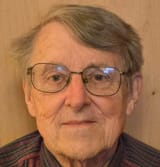
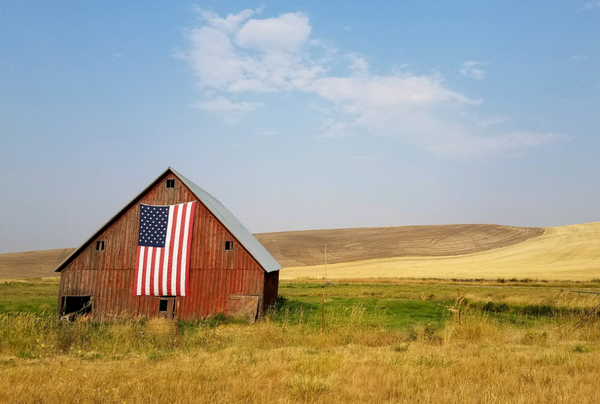
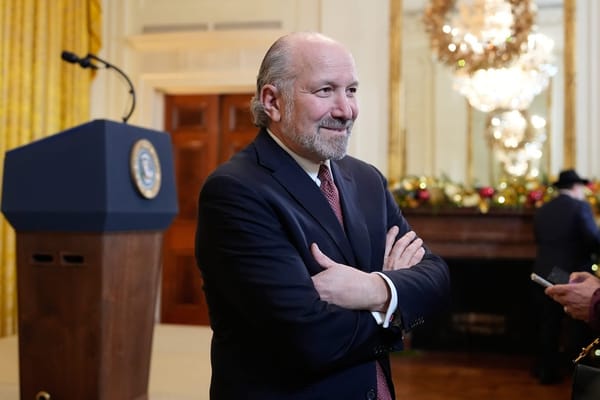
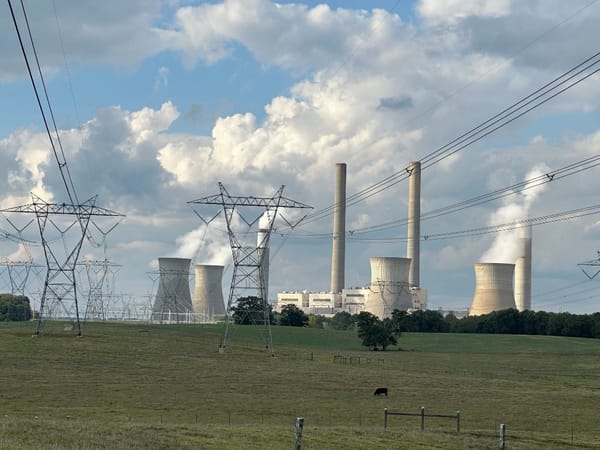
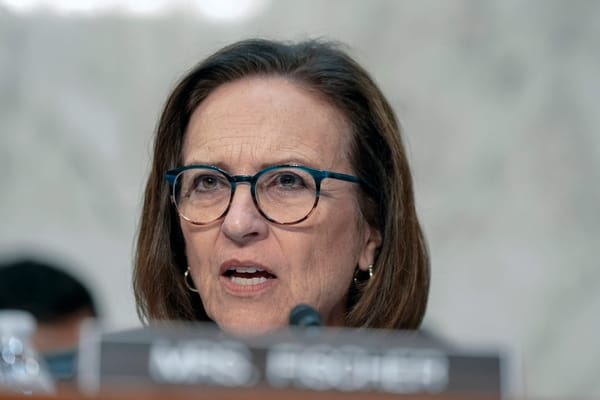
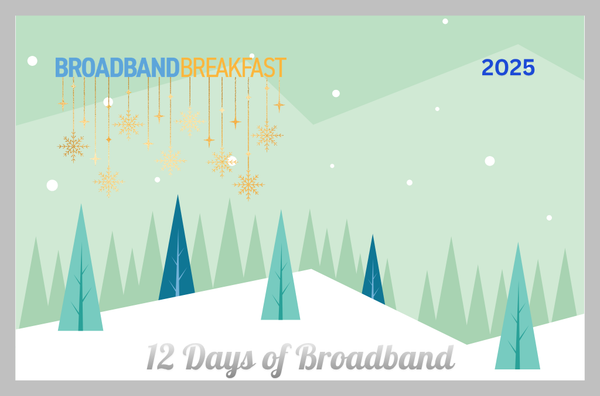
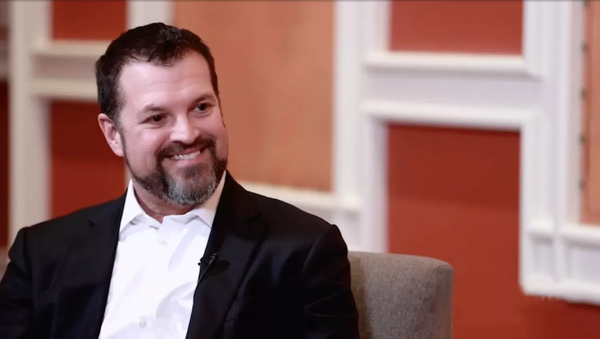
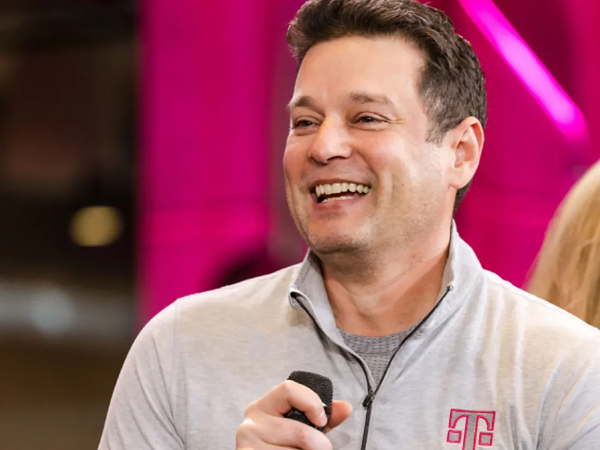
Member discussion